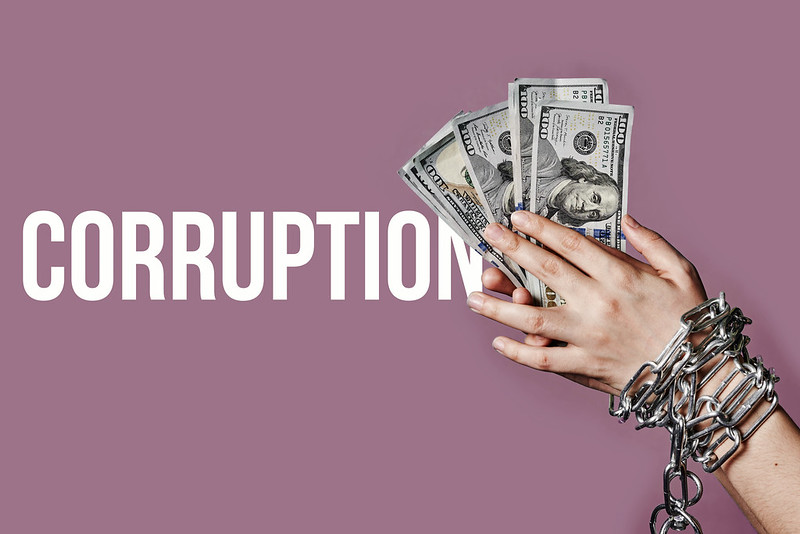Underpaid and Overcharged
POSTED April 14, 2022
Women’s Pay
Mankind has searched for equality since the dawn of time. Womenkind is still fighting this fight. In the past, women were often expected to be submissive housewives. It was not common for women to be in the workforce, but this began to change significantly during WW2 from 1930 to the mid-1970s. This change was likely due to better high school education, graduation rates increasing, and technological advancements. There was an increase in jobs such as teaching or clerical workers as well as job environments becoming much cleaner and safer. The stigma around married women working was changing too, and by the 1970s it became very common for women to go to school and they would be expected to work for a substantial amount of their lives.
While it is great that women were joining the workforce and discrimination was decreasing, their pay did not reflect their work and this continues to be a problem today. For every dollar a man makes, a woman only makes 82 cents according to the U.S. Department of Labor Blog. While this is only an 18 cent difference, it adds up quickly. Let’s say a man made $1,000, even though a woman put in the exact same amount of effort, she has only made $820.
Why are women getting paid less? The Equal Pay Act was passed in 1963, which prohibits sex-based wage discrimination. Also, Title VII of the Civil Rights Act states that it is illegal to discriminate against someone because of race, color, religion, national origin, or sex in the workplace regarding pay and hours. One would think there wouldn’t be discrimination right? Well, 4 in 10 women report they have experienced gender discrimination, double the amount, compared to the 2 in 10 men who experience gender discrimination, and nearly every time it was about unequal pay according to the Pew Research Center. 25% of women say they were paid less than a man for doing the same job.
On average, women are also less likely to be hired, up to 30% according to phys.org, a research center. In that study, the women had the same characteristics and qualifications as the men. Other studies show that women who are pregnant or have children will have an even harder time. Mothers on average are 35.9% less likely to be called in for an interview than fathers. Although women are at a disadvantage they still make up at least 40% of the workforce around the world, with a median of about 45.4%. In the US it’s even higher with women making up 47.3% of the workforce according to the Pew Research Center.
Pink Tax
Women also experience a thing called Pink Tax. What this means is that products that are feminine or are targeted toward women tend to be more expensive than masculine products or products targeted at men. For example, if someone went out to buy a razor, one is blue and the other was pink, the pink one would cost more on average even though it’s the exact same thing. Pink Tax affects sanitary products like pads and tampons and companies overcharge for these products because women need them. Pink Tax also applies to children’s clothing, toys, games, and personal care, so parents have to deal with this issue. The New York City Department of Consumer Affairs examined 400 products to compare prices between men’s and women’s products. 42% of the time women’s products had a higher price tag compared to men’s, while men’s products were priced higher only 18% of the time.
Pink Tax doesn’t only apply to products, but also to services like haircuts and dry cleaning. On average women pay 54% more for a haircut compared to men. Also, historically women have had to pay much more for health insurance premiums because of expected pregnancy, even though not all women have kids according to National Partnership for Women and Families.
Currently, there are no laws or bills that counteract this problem, unlike pay and employment. On top of generally getting paid less, women have to deal with being charged more as a consumer. There are only 5 states which do not add an additional tax on women’s products: Alaska, Delaware, Montana, New Hampshire, and Oregon, but more states are going to continue this trend which is a great first step in solving the problem.
Reasons for the Wage Gap
Unfortunately, the wage gap is present regardless of industry, occupation, or education level according to the National Partnership for Women and Families. Deep-rooted stereotypes might be one cause of this. Women are usually seen as caretakers and docile, giving the impression they are not capable of hard work, while men are usually seen as strong and hardworking. Childhood tendencies could also be factors. Women who were headstrong, argumentative, or stubborn as kids are more likely to get paid less. Headstrong men and dependent women suffered little to no pay disadvantages.
The wage gap and Pink Tax are things all women will have to deal with. This blatant discrimination is unfair to women in the US. The sex you were born with should not impact how much you get paid. Although it has gotten better, it needs to be equal! Some actions you can take would be to ask for a raise if you feel you are not getting paid enough. Talk to your bosses and managers about this issue. Vote for politicians who want to do something about unequal pay. We can’t wait for others to solve this issue!
Sources :
https://www.eeoc.gov/statutes/equal-pay-act-1963
https://www.pewresearch.org/fact-tank/2021/05/25/gender-pay-gap-facts/
https://phys.org/news/2019-03-women-percent-hiring-men.html
https://www.weforum.org/agenda/2022/02/gender-pay-gap-headstrong-women/
https://www.flickr.com/photos/30478819@N08/51079837823
https://thelumberjack.org/2020/03/14/no-facts-justify-the-pink-tax/
